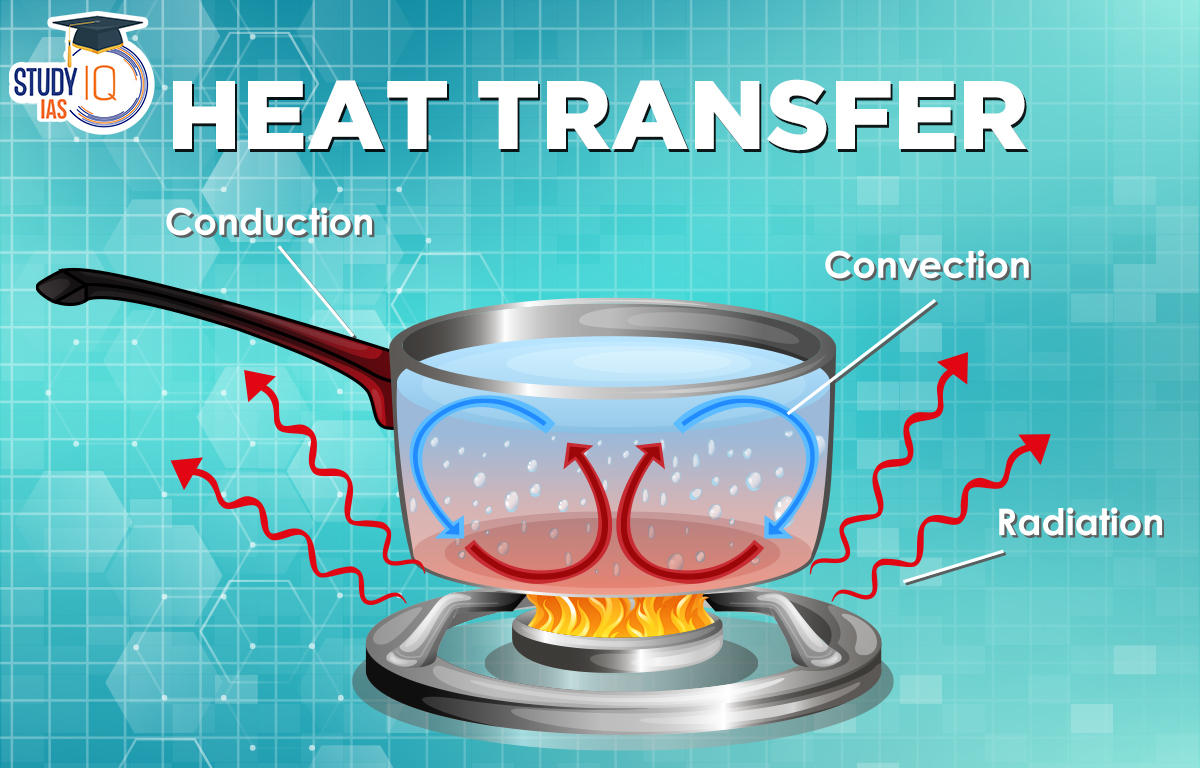
Heat can be transferred via three main mechanisms: conduction, convection, and radiation.
Conduction: This is the process by which heat is transferred through direct contact. If one end of a solid object is heated, the particles in that area vibrate more rapidly. These vibrations are then passed along to the neighboring particles and so on, allowing the heat to flow from the hot end to the cooler end of the object. Metals are good conductors of heat, whereas materials like wood and plastic are poor conductors (or good insulators).
Convection: This form of heat transfer occurs in liquids and gases (fluids). When a fluid is heated, it expands and becomes less dense, causing it to rise. The cooler, denser fluid then falls to take its place. This sets up a circulation pattern called a convection current, with heat being transported by the actual movement of the fluid. This is how a pot of water gets heated evenly on the stovetop, and it's also the principle behind weather patterns in the Earth's atmosphere.
Radiation: Unlike conduction and convection, radiation doesn't require any medium (like a solid, liquid, or gas) to transfer heat. Instead, heat is transferred through electromagnetic waves, primarily in the form of infrared radiation. This is how the Sun's heat reaches Earth, despite the vacuum of space. All objects emit some form of thermal radiation, but the hotter an object is, the more radiation it emits.
Each of these methods has different implications and uses in physics, engineering, meteorology, and many other fields.